Amungo Navigation
Software Defined Radio
GNSS
Amungo Navigation
Software Defined Radio
GNSS
Today, multi-frequency multi-signal satellite navigation equipment is designed by professionals working in large companies. It is also manufactured by large specialized companies. But tomorrow everything will change. NTLab — a fabless semiconductor company - has started to manufacture a four-channel, all-frequency front-end chip: the NT1065. It brings professional navigation to the masses. We are introducing NUT4NT - a development board with NT1065 with a USB 3.0 interface for rapid evaluation of the signals being sampled. The full, continuous sample stream can be captured to a PC for recording and/or processing. Now professional equipment products can be developed and produced even by small or startup companies. For more information about the NT1065, please refer to its specification sheet.
The core of NUT4NT is the NT1065 chip, which NUT4NT implements in a two-input and four-input system. The main use case of the NT1065 chip is centimeter level precision positioning. This is possible even without the RTK algorithm, which requires a high quality antenna with low phase center variation and sufficient time to converge. The dual input NUT4NT is ideal for this use, providing rapid evaluation of receiving system. Developers can set all the modes of NT1065, capture samples and process it offline or online, in real time.
The second use case of the NT1065 is as an array antenna processing system for jammer or interference mitigation. Using the NUT4NT with four inputs, fast evaluation of complex antenna array processing systems in the software is simplified.
Drone developers mostly require precision positioning. Today, they use RTK systems with a base on the ground and a rover in the air. This is both expensive and heavy, with the equipment sometimes weighing more than the drone. A NUT4NT with the dual-frequency antenna provides a lighter, cheaper solution, allowing a new generation of drone developers to evaluate autonomous precision positioning quickly, easily, and affordably.
The developers of autonomous vehicles need robust and precise positioning in an urban environment. This is very important for people’s safety. The requirements are almost the same as for military anti-jamming equipment. But there is no economical way to use military grade systems in massive autonomous vehicle applications. The NUT4NT with dual-frequency antenna or antenna array provides a very low-cost solution for a precision positioning system with interference mitigation.
NUT4NT: the multi-frequency, multi-signal, satellite navigation front-end receiver board. The NUT4NT is connected to the PC by a USB 3.0 interface. The hardware is open source. The software provides the ability to set a receiver’s modes and frequencies, to capture all signals continuously, and to make an example of primary processing features. The software is open source.
The open source approach of the board schematics and PCB designs accelerates the evaluation of the hardware. The NUT4NT is also provided with enclosure and so can be used as is in the software receiving system. Antennas and antenna arrays have optional, EMI-reducing enclosures and cables to help make signal analysis faster and more accurate. The board schematics and PCB documentation will be completed about a month after the funding goal is reached (we just need to make it more readable), and will be available when done. The software source code is currently available on GitHub.
We maintain a NUT4NT discussion forum. Come and join the conversation.
There are several chips in the world that are somewhat suited to use in a GNSS receiver. Some are commonly used in Software Defined Radio boards and have a wider frequency range. Some are designed for satellite navigation reception. But no one can provide such capabilities in Multi-Frequency Multi-Standard GNSS receiving as NTLab’s NT1065. It is really first in the world low-cost low-power Multi-Frequency GNSS RF-Front End solution.
| nt1065 | max2769 | se4150 | AD9361 | LMS7002M | LMS6002D | ||
|---|---|---|---|---|---|---|---|
| Price, USD | n/a | 10 | 3 | 240 | 110 | 37 | 10 |
| Channels | 4 | 1 | 1 | 2 | 2 | 1 | 1 |
| Band’s types | all | L1 | L1 | all | all | all | all |
| Simultaneous bands count | 4 | 1 | 1 | 1 | 1 | 1 | 1 |
| Bandwidth | 30 | 18 | 2 | 56 | 60 | 28 | 8 |
| Power consumption | medium | low | very low | very high | high | high | low |
| Package | QFN | QFN | QFN | BGA | BGA | BGA | QFN |
Today, CPU and GPU computational power make many applications possible. A GNSS Software Defined Reception is not an exception. There are many books and open source projects about the subject in the world. Nobody will be surprised if in the near future tablets and smartphones will be used for the GNSS Software Reception.
| nut4nt | NTLab’s NT1065_USB3 | sdrnav00 | sdrnav40 | |
|---|---|---|---|---|
| Hardware | Open source | Proprietary | Open source | Open source |
| Software | Open source | Proprietary | Open source | Open source |
| OS support | windows, linux, [freebsd], [android] | windows | windows, linux | windows |
| Price | low | high | very low | high |
| PC interface | USB 3.0 | USB 3.0 | USB 2.0 | USB 2.0 |
| Channels | 4 | 4 | 1 | 4 |
We provide two kinds of boards: the Early Board and the Single Board. The Early Board is almost ready and will be delivered right after the campaign ends. The campaign price is discounted and there a limited quantities available. Choose the Early Board to get your hands on NUT4NT as quickly as possible. The board is made up of two sub-modules. The base board is a USB 3.0 grabber board and the second board is the NT1065 submodule. All hardware sources will be available too. The Early Board is software compatible with the serial Single Board. Software sources are now available on GitHub.
Second is the Single Board. It will be available after the Early Board. It will consist of one PCB instead of two and will be more practical and robust. An aluminum enclosure is available. All hardware sources will be available soon after campaign ends. The Single Board is software compatible with serial Early Board. Software sources are now available on GitHub.
Each type, Early Board and Single Board, has two options: two inputs or four inputs. Channels in the two input option are paired according to the NT1065’s LO pairing, the first board input is divided between channel one and two of the NT1065, the second board input is divided between channel three and four.
Several accessories are available to help you start developing faster. First, we offer two types of antennas: L1 and L1/L2/L5. Each is provided with an optional enclosure for 5/8" top screw mounting and optional one meter cable(s). Both antennas have an RTK-grade, four feed point structure with low phase center variation. Internal LNA provides more than 30 dB gain and less than 2 dB noise floor. Both antennas without enclosures are lightweight, making them well suited to drone applications.
Second, we offer an L1 array antenna. Antenna elements of the array have an RTK-grade, four feed point structure and are axial-symmetrically composed to the array to provide low mutual interference. Internal LNA specification is the same as for L1 antenna.
All antennas and antenna arrays are compatible with all the boards and come equipped with cables. Available configurations include:
We have already developed a board and have built and tested several prototypes. As soon as we reach our funding goal, we will publish hardware sources and will assemble and deliver all the Early Boards that have been ordered.
We will continue refining the Single Board throughout the entire campaign, so by the time the target amount is reached we will produce and test the first Single Board. As we get feedback and comments from Early Board users, we’ll refine and modify the board as needed. When the target amount is reached all required components to produce boards and antennas will be purchased. Antennas and antenna enclosures are already designed and tested. We will start the production of antennas and their enclosures as soon as the target amount is reached. The antenna array has been designed. After campaign’s start we’ll begin to design antenna array enclosure. We will start to manufacture all the arrays pre-ordered by the time when the target amount is reached. There are preliminary agreements with the NTLabs (Belorussia) regarding prices and terms of delivery of NT1065 chips. We have been dealing with the NTLabs for the past 3 years and they proved themselves as trustworthy and reliable partners. For the purpose of lowering our risks and optimizing logistic costs we are signing contracts with the Protolab Ogre Solutions (Latvia) and the Rezonit (Russia) for the assembling of the boards and antennas.
| 2016 | 2017 | ||||||||
|---|---|---|---|---|---|---|---|---|---|
| 09 | 10 | 11 | 12 | 01 | 02 | 03 | 04 | 05 | |
| The Crowd Supply Campaign | |||||||||
| The Early Boards | |||||||||
| The Single Boards | |||||||||
| Enclosures for Single Boards | |||||||||
| Antennas, Enclosures and Cables |
Risks we may face while fulfilling our plans
A challenge that has already been addressed: We and our partners discovered issues with continuous signal dumping on some PC configurations. After weeks of debugging we identified a problem in poor-quality USB cables, USB ports (especially on heavily used notebooks), and in our software. The software problem was fixed. To ensure this doesn’t crop up for backers, we decided to include USB cables with each board, and to test the cables/board together before shipping.
The board will be shipped with a USB 3.0 Type B cable. The cable will be tested for malfunctions on all hardware platforms we have. All antenna and arrays will be tested together with the cables and boards, numbered, and delivered altogether according to the pre-orders.
The first story is about antennas. It goes back over five years. Our first and foremost goal was to apply new knowledge in design and development of antennas and antenna arrays for civil market purposes - to design and manufacture satellite navigation antenna with stable phase center for RTK applications. An axially symmetrical structure was chosen for the antenna. The deficiency in the gain factor was overpassed due to the usage of unique feed circuit. The antenna was designed by computational electrodynamics methods and manufactured by the Prototype Center Ogre.
Later the antenna was tested in an anechoic chamber and with real systems RTK measurements. Despite the fact that a lot of alterations to the structure of the built-in LNA were introduced, the structure of the antenna remained unchanged.
On the basis of this antenna, an antenna array was designed for the NTLab company. It was tested in the anechoic chamber and as a part of the system. Also, preliminary computational electrodynamics modeling of the array was done. At a later stage, an L1/L2/L5 antenna was designed, manufactured and tested. A microwave dielectric substrate produced by the Moldav-Izolit (Moldova) company was used to build the antenna.
The design of the antenna is compact, which lets it to be fitted in the array. The antenna is much lighter than all known competitors and can be used in unmanned vehicles.
The second story is about the USB 3.0 signal capture board. The Cypress FX3 controllers used by the capture board are not very simple to master. There are difficulties with the GPIFII interface and its support in built-in processor and in the computer. But when you overcome these difficulties, the controller gives you many opportunities for capturing broadband signals to be processed in computer.
During progressive evaluation of high speed capturing, the capture board and its submodules were developed. First was a submodule with LTC2217 ADC (Linear Technologies), which is used in professional HF receivers.
Second was a submodule with the AD9361 (Analog Devices) chip, which is used in compact direction-finders.
Later a submodule with four SE4150 receivers (SkyWorks) was developed which is used in GNSS heading receivers and GNSS 3D-orientation receivers.
At this time, the NTLab company was already testing early engineering samples of the NT1065 chip. Thanks to our partnership with NTLab developing antennas and antenna arrays, we were able to get few samples to design and manufacture a submodule with NT1065. This device was the first solution with continuous signal capture for this magnificent IC.
The third story is a story of our fifteen years of experience with digital processing of radio signals. Because of this experience, we have the demand to design and produce the board for broadband radio signal capture. Our path can be traced through the development of processing facilities. We began with Digital Signal Processors (DSP), then FPGA, and now computer and video cards, thanks to highly increased calculating capabilities. These capabilities, together with the forthcoming NT1065 and capture board, allow us to move steadily towards implementation of the newest systems forming the base of software navigation receivers.
These three stories meet to create the NUT4NT. With your support, our story can continue to move forward as we work together, striding hand in hand towards new achievements in navigational equipment.
Strategic management, design of antennas and boards. Education: Military academy of communications, specialist in communications and switching system. Founder, CEO.
NTLab is a group of companies involved in the research and design of ASICs, modules, and systems for various applications. Over 100 design engineers, working in 12 project departments, can develop several highly-complex projects in parallel.
Experts with many years of experience in EMS production, soldering, reworking, and repair as well as R&D and mass production.
A Russian local printed circuits board production and contract assembly company. Currently the company employs over 300 people and provide convenient services to customers all over Russia.
A sophisticated facility which implements projects along the whole chain of innovation development: from startups to industry, from the Business Incubator to the Cluster Development Centre.
Campaign video music: Scott Holmes - CC BY 4.0
Drone image: Syahlevi - CC BY-SA 4.0
Driverless car image: Grendelkhan - CC BY-SA 4.0
Thanks to Crowd Supply for providing copyediting
Produced by Amungo Navigation in St Petersburg, Russia.
Sold and shipped by Crowd Supply.
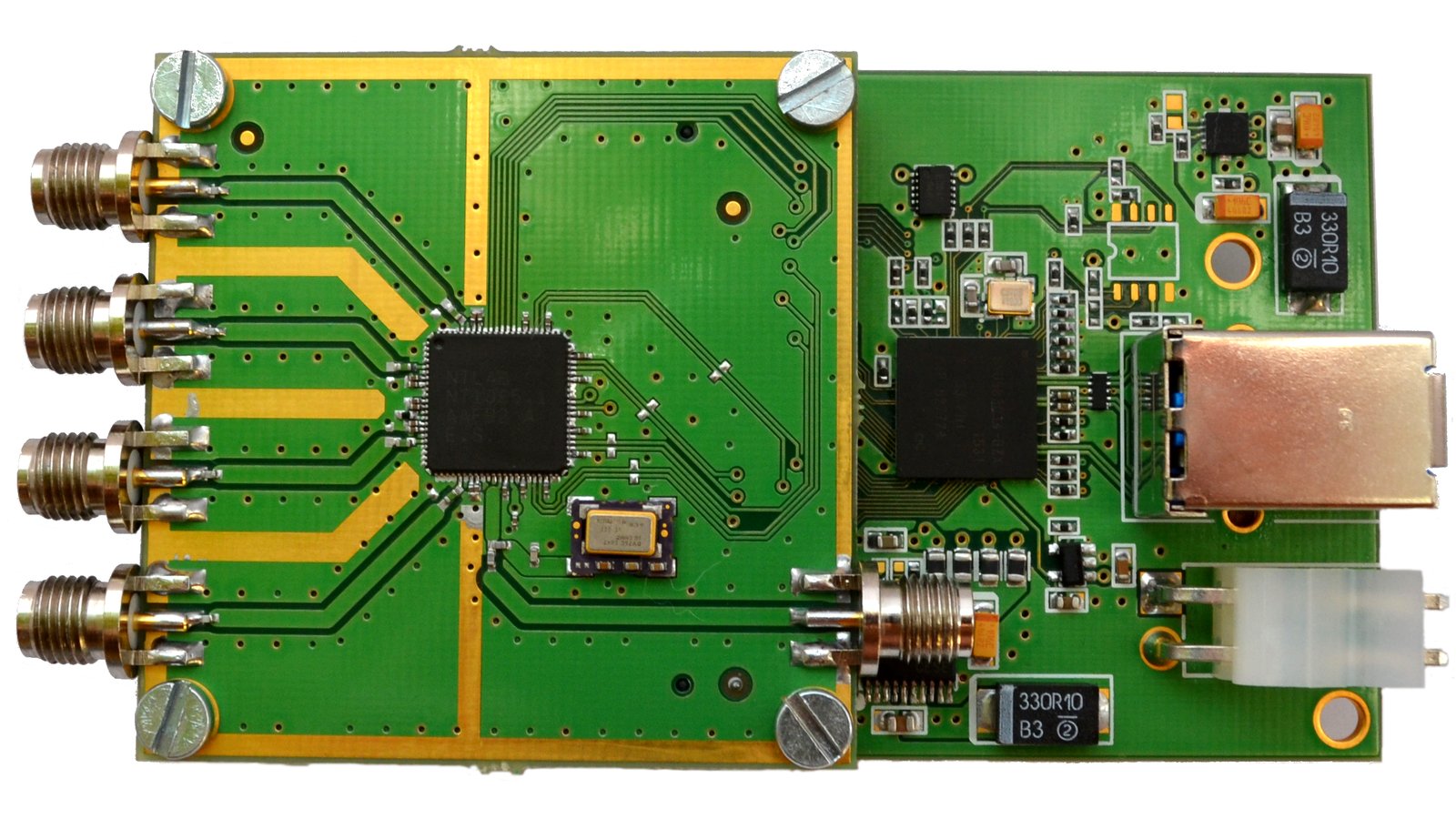
This NT1065 development board has already been designed and tested and is ready to deliver much earlier than the Single Board. The enclosure option is not available for this board.
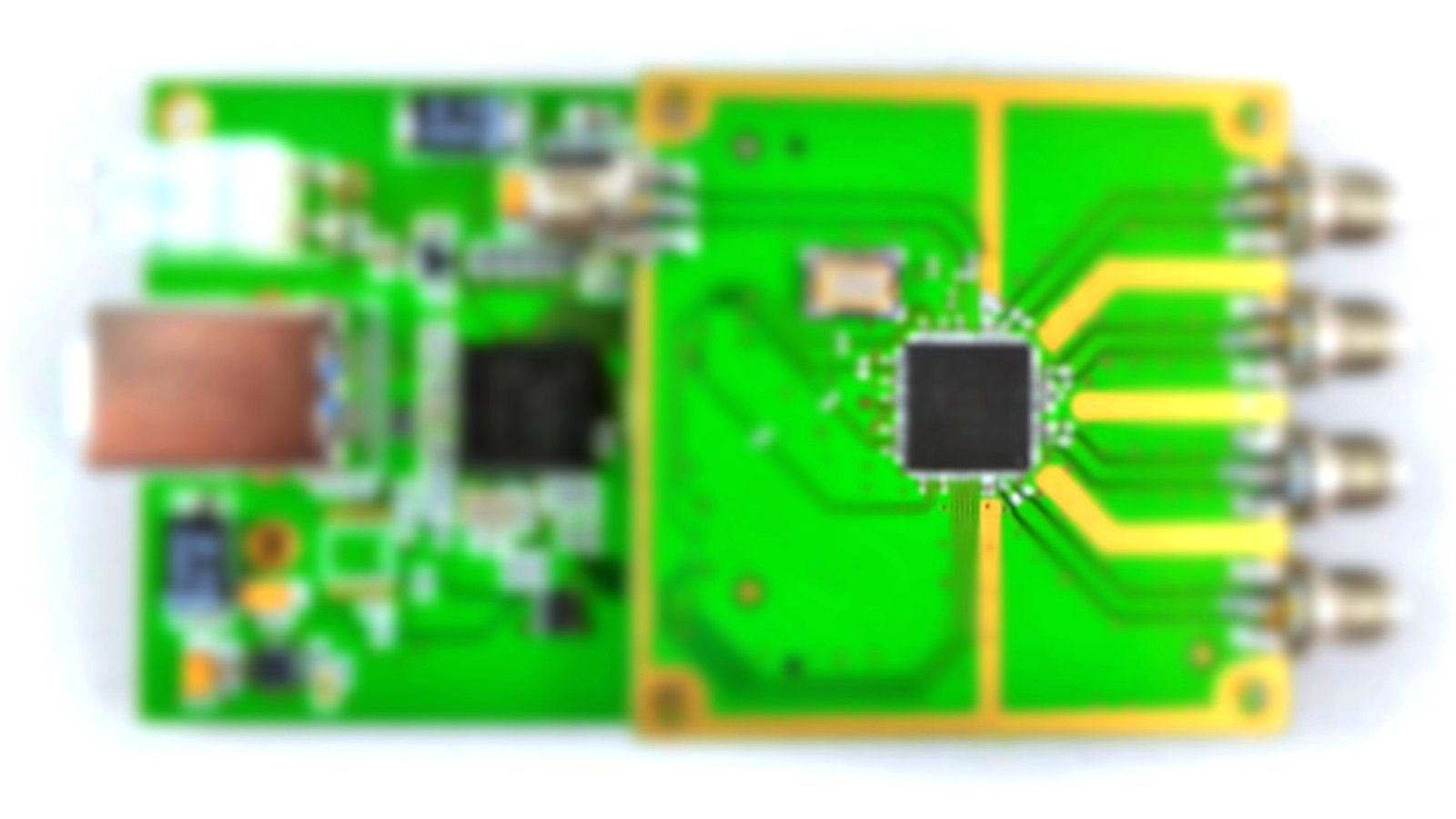
The NT1065 development board is now in development, and will be a single PCB. It is intended be versatile, practical, and robust. The enclosure option is available for this pledge level.
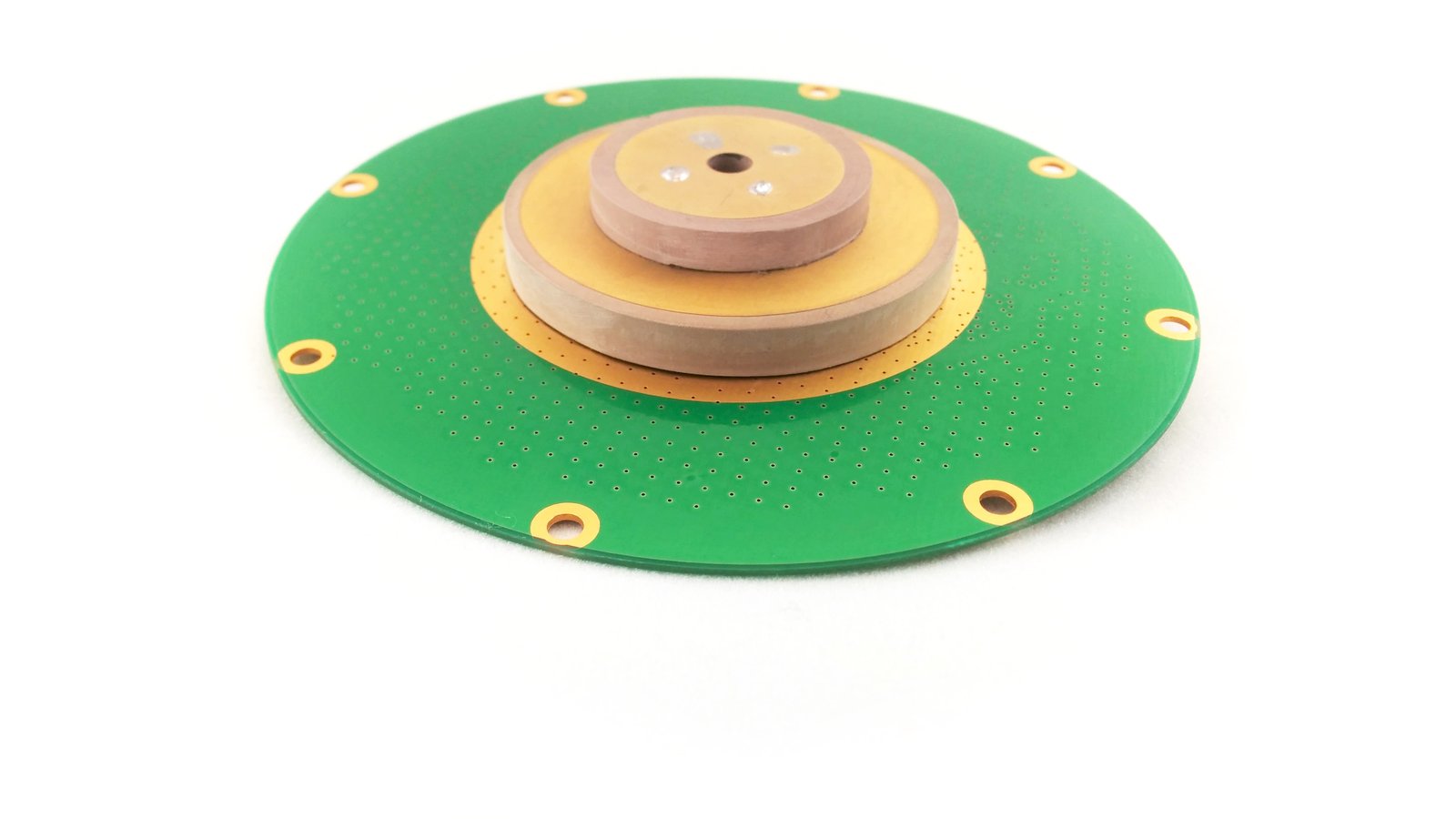
The L1/L2/L5 Antenna for speeding up your evaluation. All antenna options are now designed and tested. Cable assemblies for interfacing the board and antenna are also available.
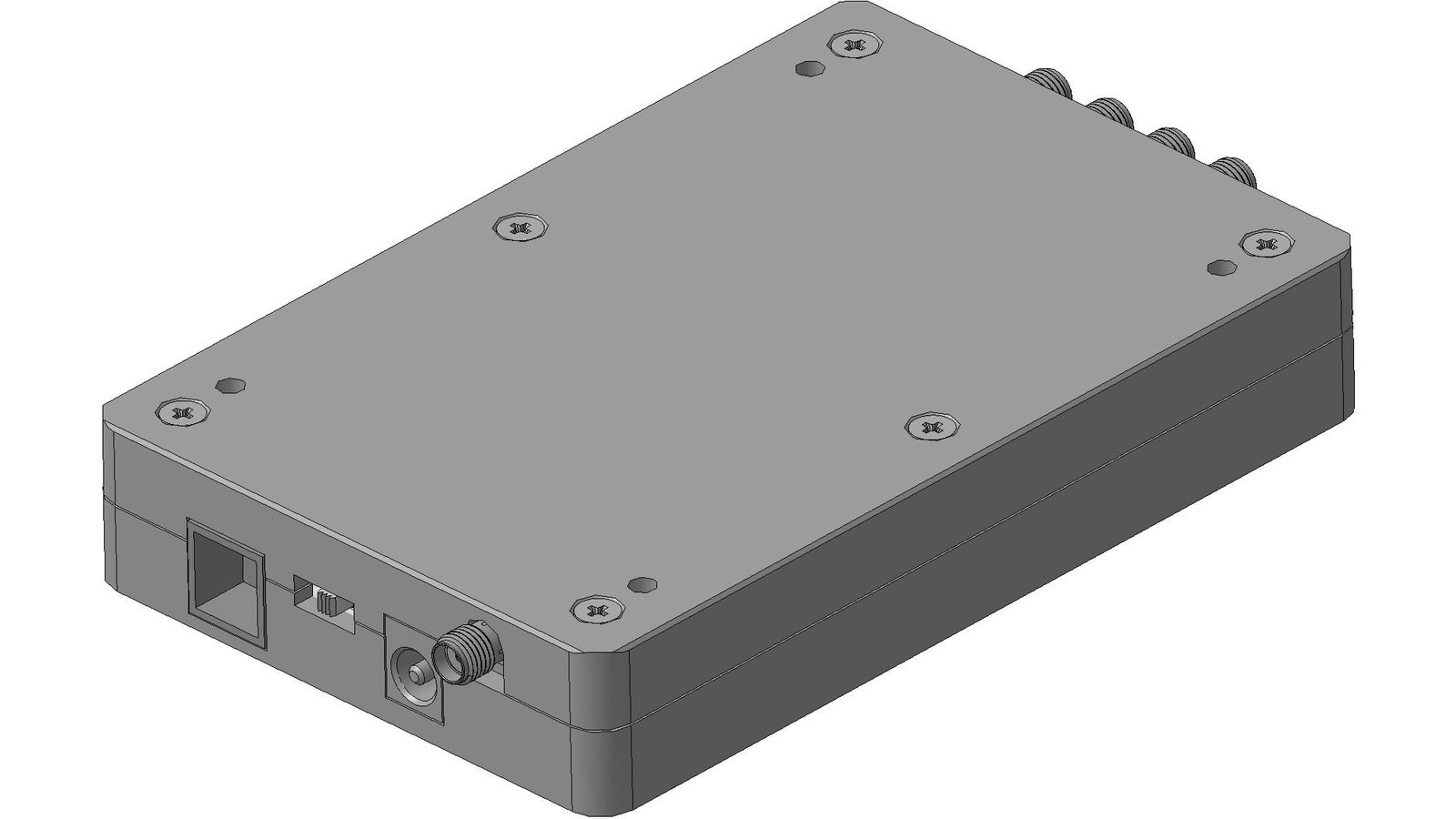
The enclosure provides good EMI protection. It is made of aluminium. It is lightweight and robust. This enclosure will not work for the Early Board pledge level.
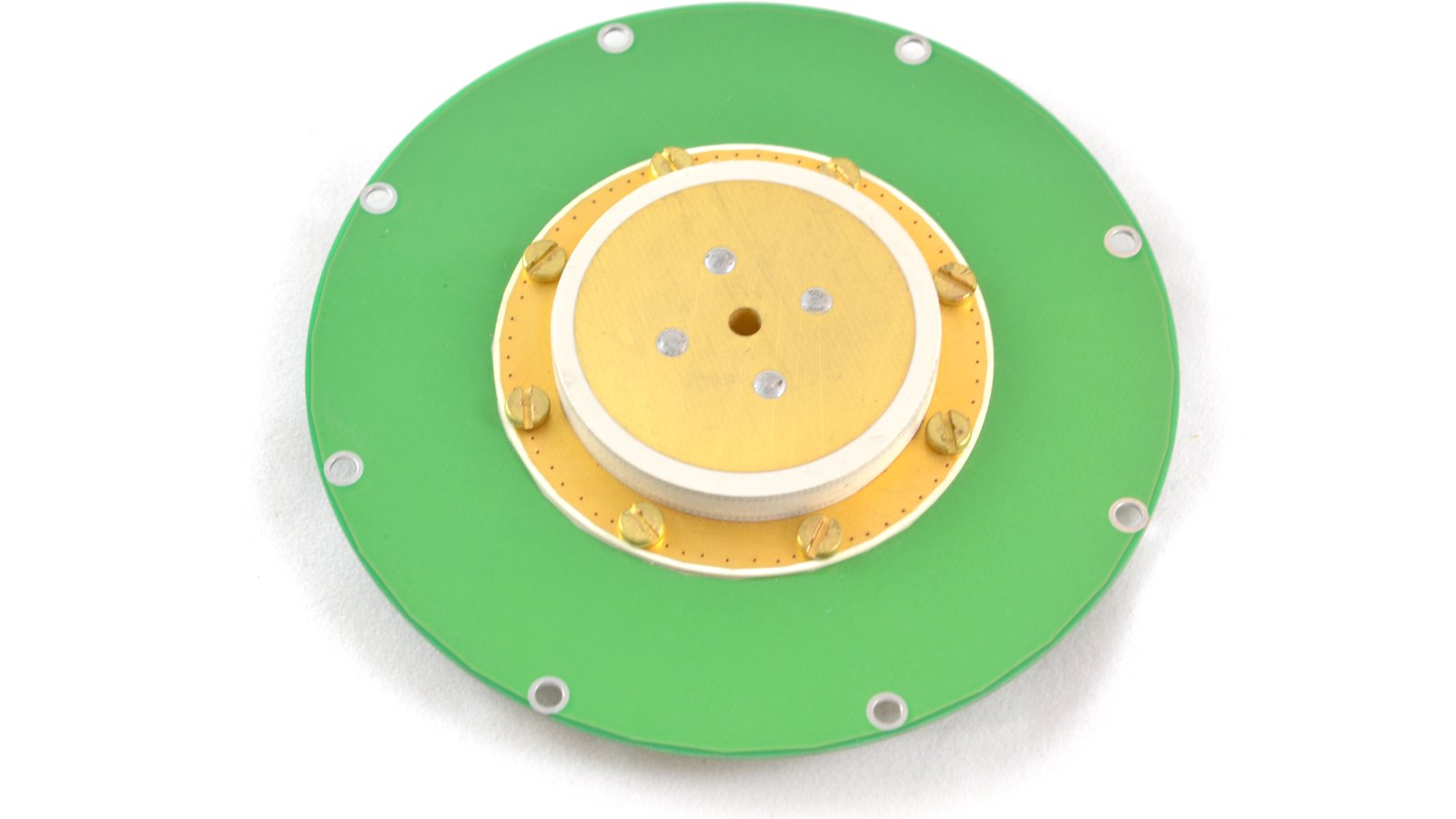
The L1 Antenna for speeding up your evaluation. All antenna options are now designed and tested. Cable assemblies for interfacing the board and antenna are also available.
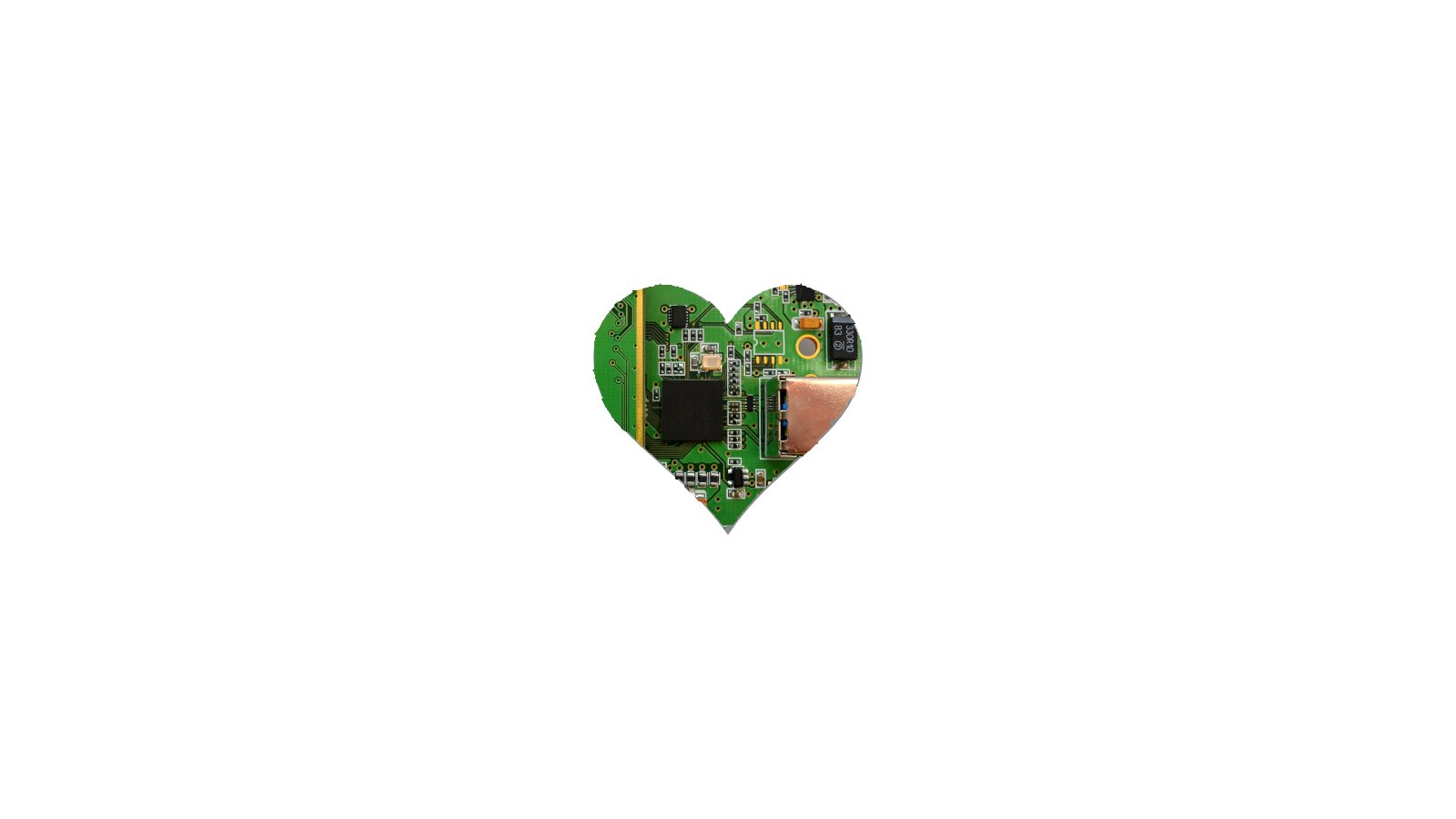
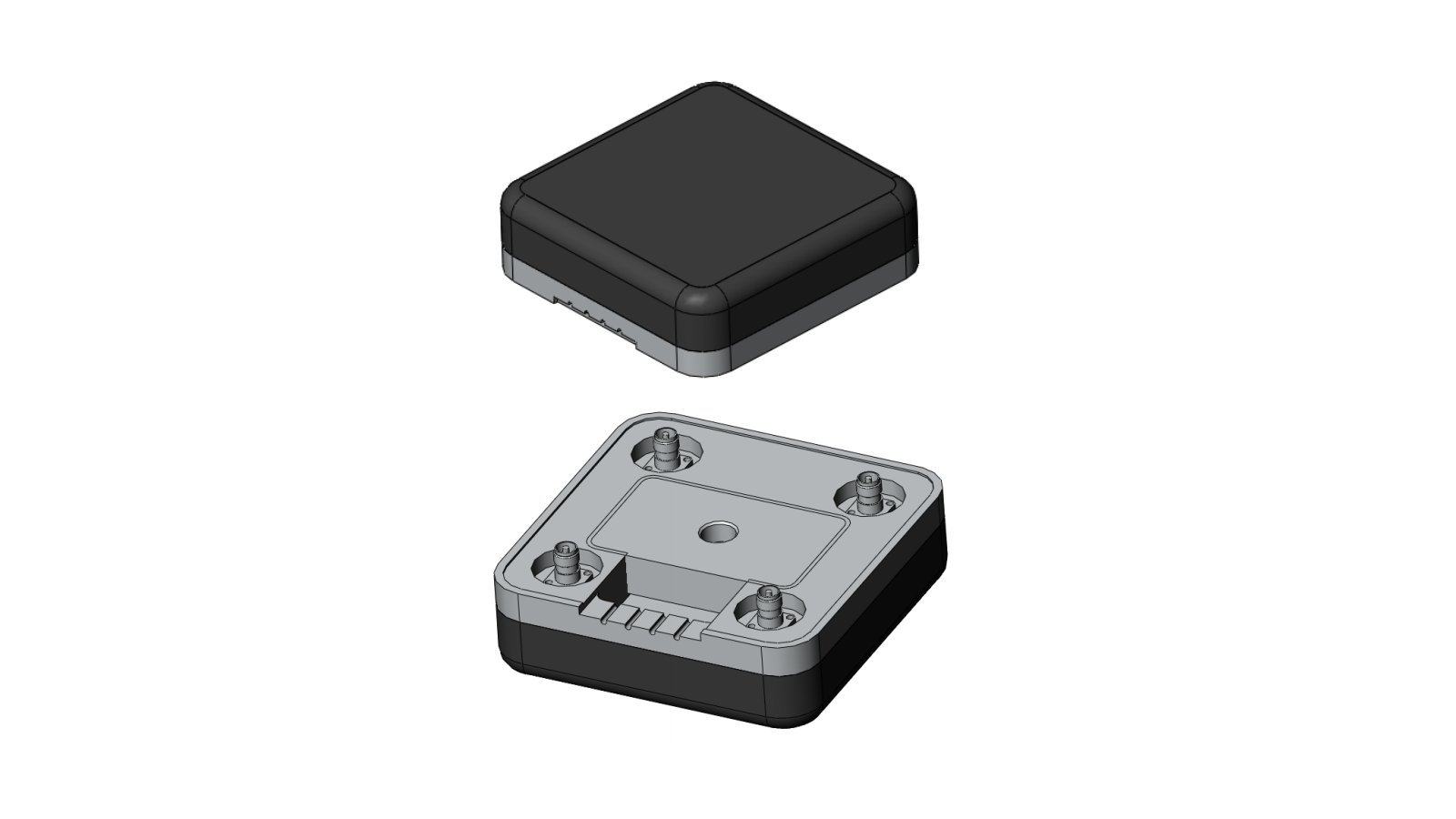
The enclosure is made for mounting a RA4 Antenna Array on the standard 5/8" threaded mast. The base of enclosure is made of anodized aluminium. The radome is made of UV-resistant material.
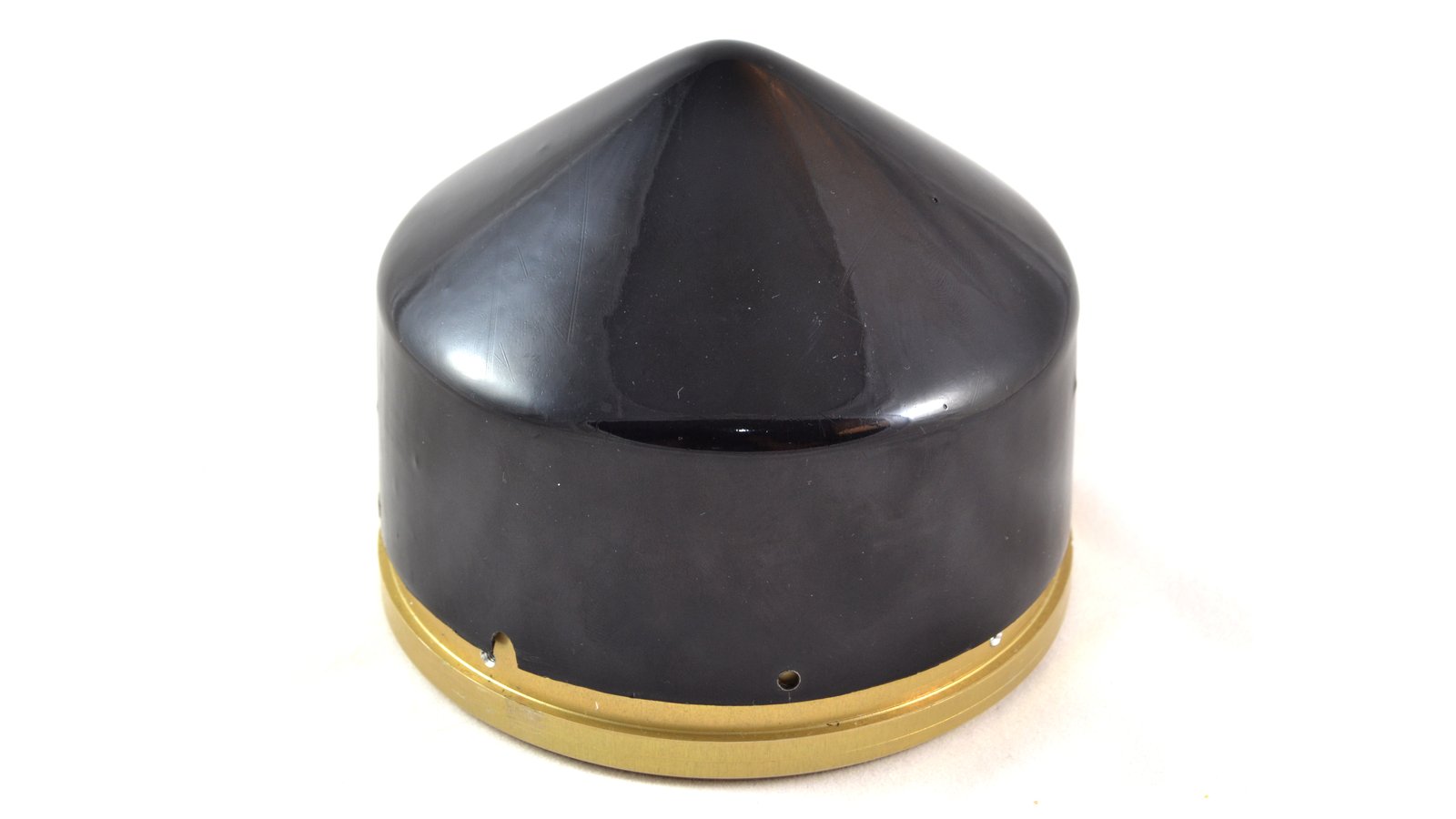
This enclosure is made for mounting a RA1 / RA1L125 Antenna on a standard 5/8" threaded mast. The base of enclosure is made of anodized aluminium. The radome is made of UV-resistant material.
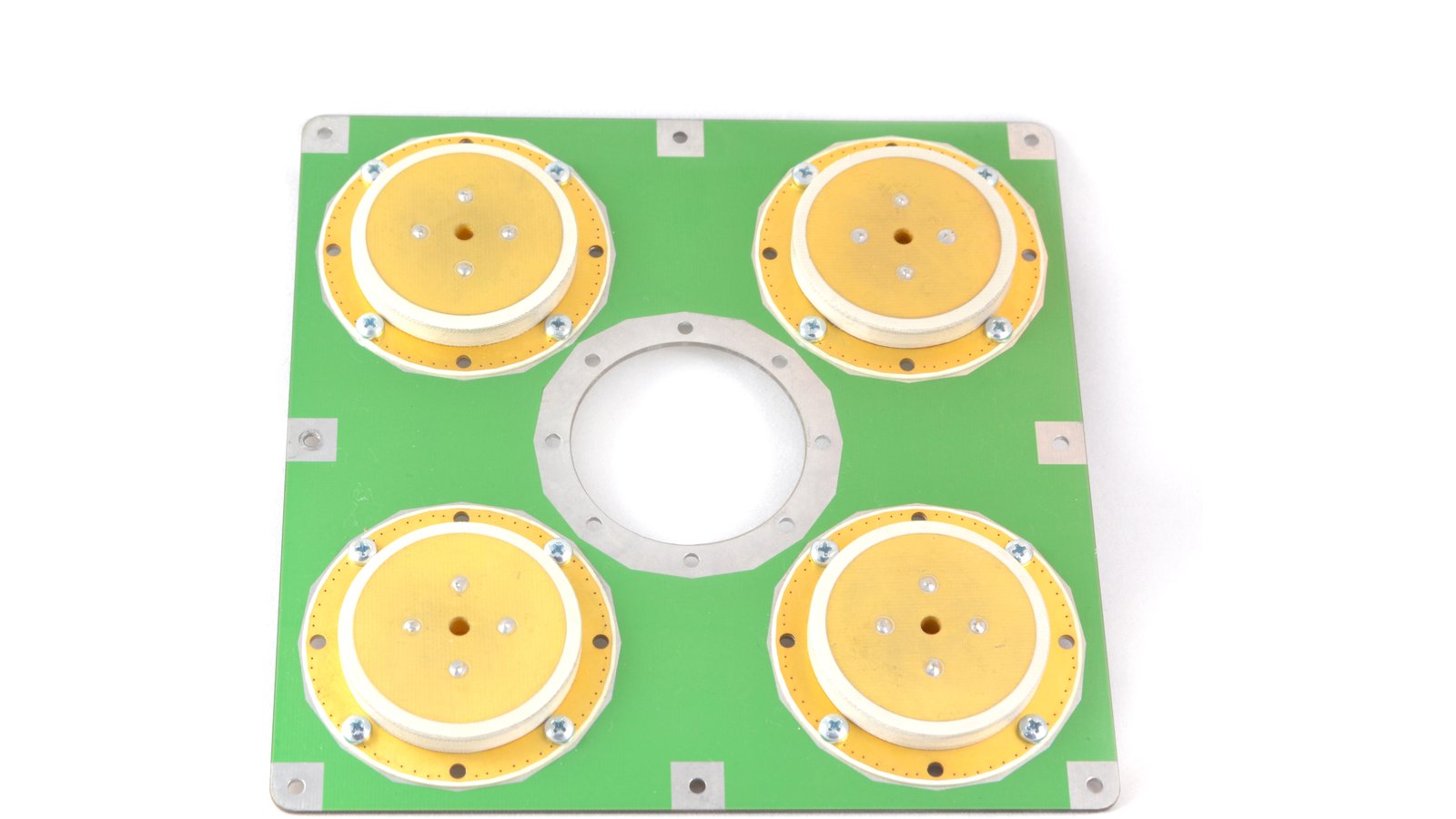
The L1 Antenna Array for speeding up your array processing evaluation. The antenna array is now designed and tested. Cable assemblies for interfacing the board and antenna array are also available.

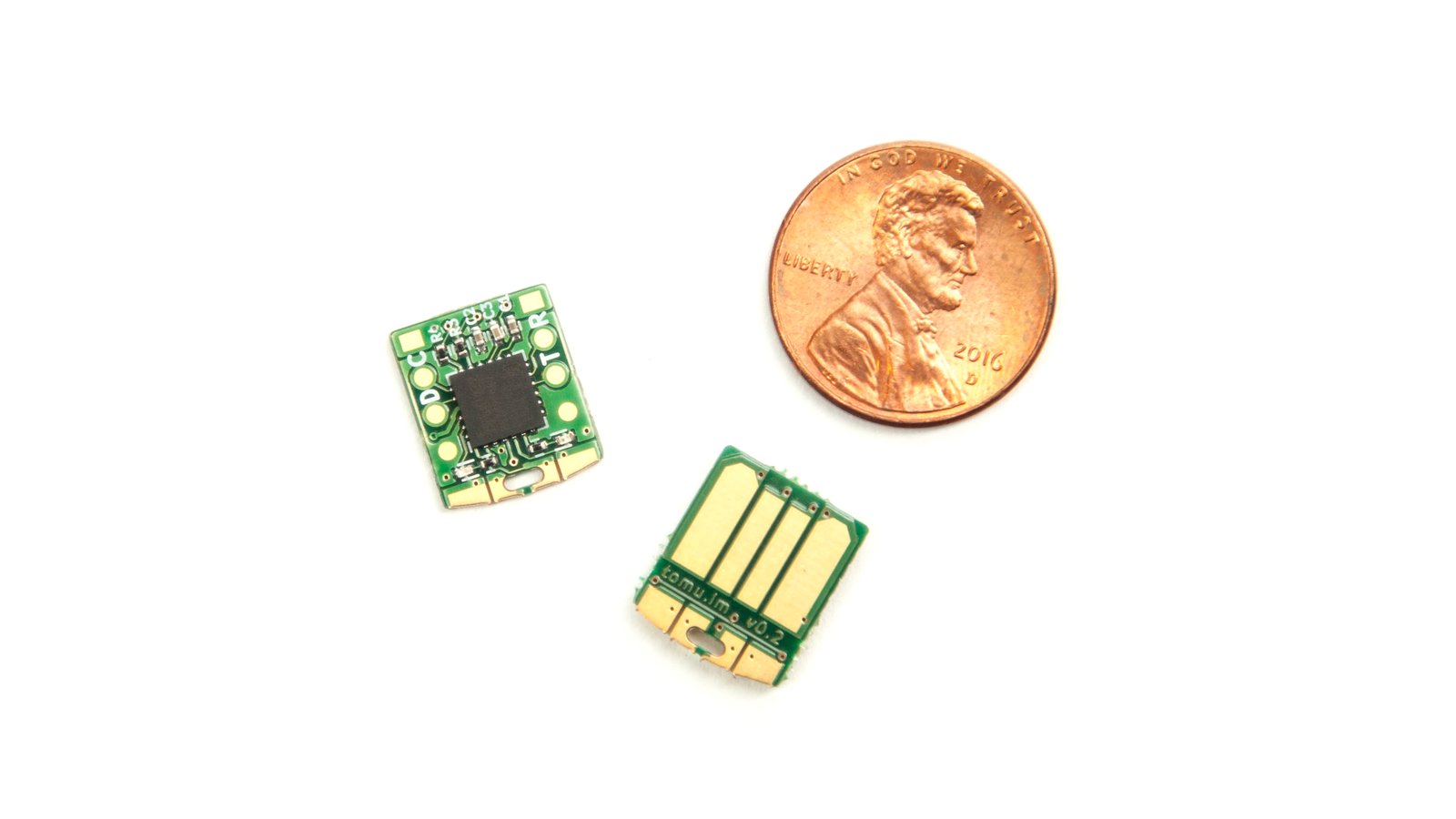
An ARM board that fits inside your USB connector
An open-source, manual pick-and-place machine for PCB artisans
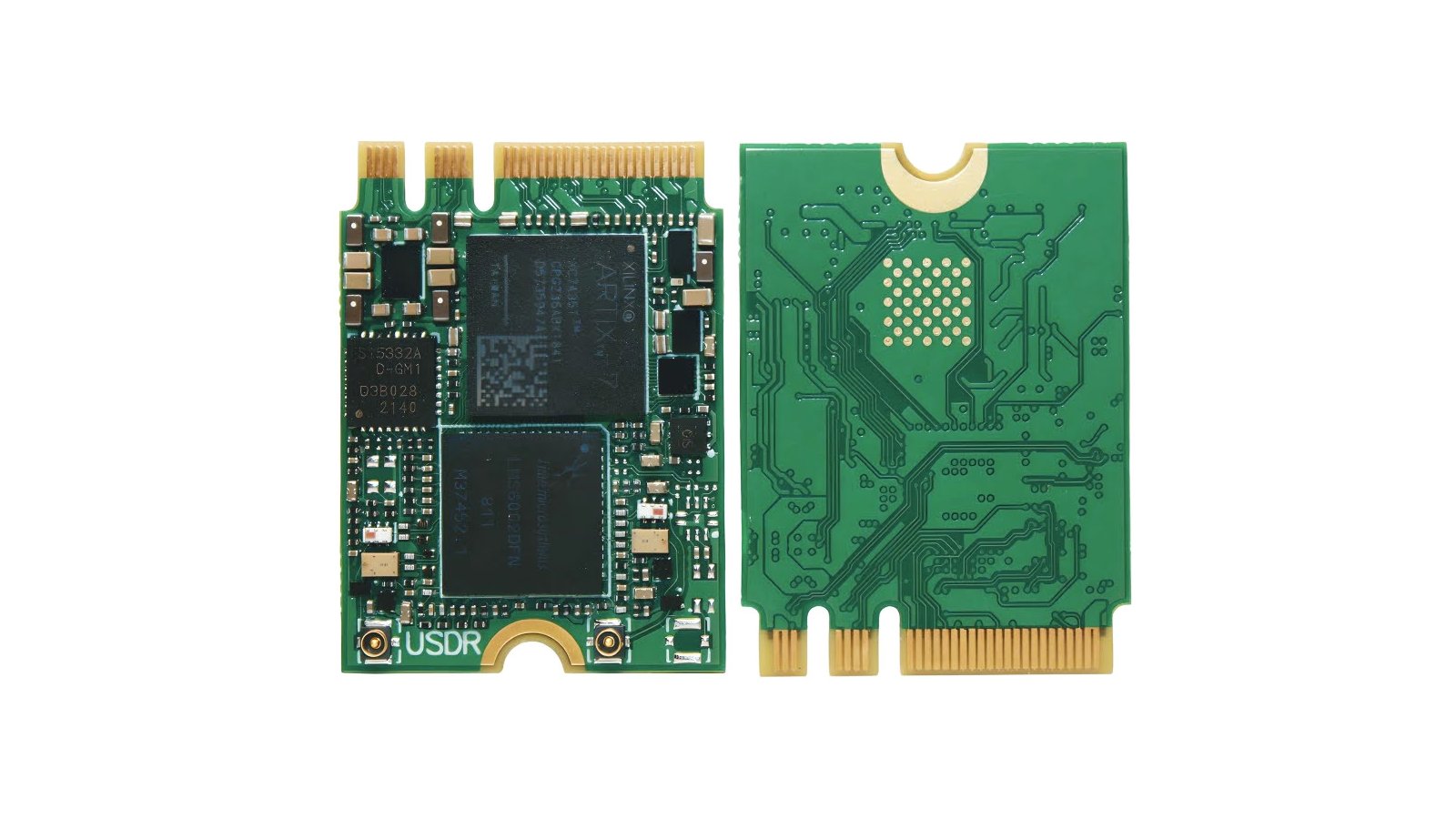
A tiny, single-sided M.2 SDR board that you can operate easily using your web browser